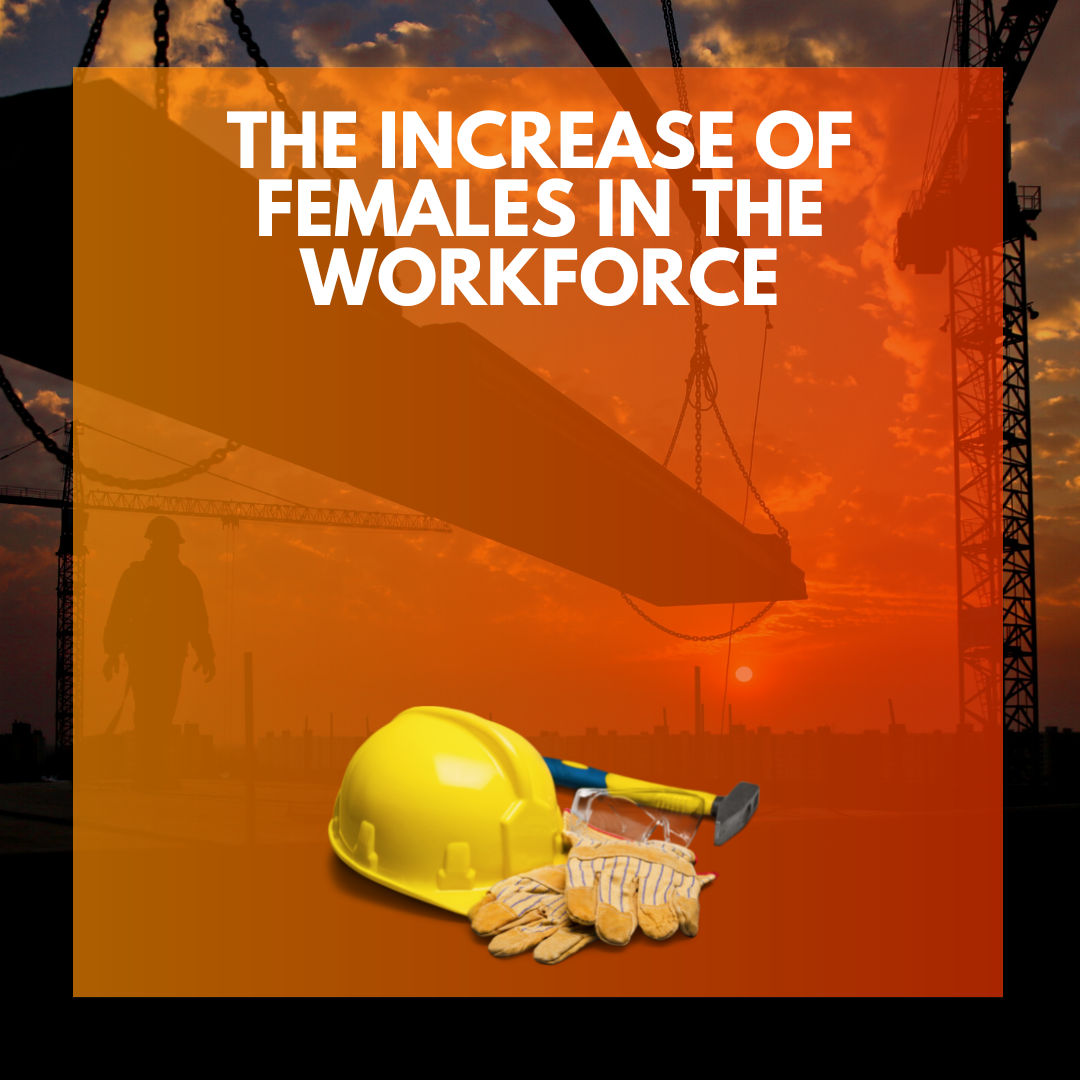
Women In the Trades
By: Aleks Stacy
According to the Department of Labor, the most common jobs for women are cooks, teachers assistants, and social workers. However, recently, the last five years has seen the number of tradeswomen increased by almost one-third. This has had not only a visible effect in the workforce, but the change has also been reflected in students of Building Trades in Culver, Indiana.
Culver Community has hosted the Building Trades Program for 44 years. Having this program allows buyers to purchase a new house built by students and gives students the skills for the trades. Up until the last few years, female students have been rare.
“It is starting to increase a little bit,” said building trades instructor Kyle Elliott. “This year, three young ladies being in the program is the most we’ve had in a particular year. I’ve had two in a particular class, but having three would be the most we’ve had.”
While the increase of females in this program is interesting, this fact leads us to ask why women haven’t thought of joining trades programs earlier. This may be because they haven’t felt welcomed or because it was harder to get involved in earlier decades.
“My aunt is a carpenter, and when I hear her stories of what she went through and what she’s experienced, I had not gone through that at all,” said business representative for IKORCC(Indiana Kentucky Ohio Regional Council of Carpenters) Brittany Grier.
Brittany Grier has been involved with and is currently working for the Sisters in Brotherhood. Sisters in Brotherhood is a female based division in carpentry that allows women to be represented in the workforce as equally as men are in their trade specialty.
“When I got into the union, the representative that brought me in told me a story about another female that was already working, and said that they had this girl already working for them. He told me that he thought I should work for that company,” said Brittany Grier. “So her reputation helped me get in as a carpenter, which past generations didn’t really have. So since the word has spread that women can do this job as well, there is now more of a cultural acceptance.”
While earlier generations may have also shied away from the trades because of possible harassment, policies have now been set in place to educate all workers on the importance of equality in the workplace.
“A lot of men are really scared to have harassment charged against them, so they are very cautious,” said Brittany Grier. “There is a lot of sensitivity training that happens because if guys aren’t trying to be offensive but they are, there is a lot of training put there so that everyone can be taught to work as a team. We are always training how to work in teamwork, and how to be aware of other people’s backgrounds. This grows who we are, and helps to welcome everybody.”
Because of women breaking into the field and the training programs, a lot of growth and options have opened up. Women just now entering the trades have the ability to join lots of different fields that need workers.
“I think a lot of it is just not being aware of the opportunities and demand in construction,” said Kyle Elliott. “We took the kids over last week to a field trip to the carpenter’s apprenticeship training program, and the three young ladies in the program were obviously there, and they got to meet some of the ladies currently that are licensed journeymen that are working in the construction field.”
This present growth is a big step forward and it helps women in the trades continue to grow their representation as well.
“If you’re really thinking about doing building trades and you’re a girl, just do it,” said senior vocational student Maegan Pearl. “Honestly it’s so much fun to interact with all kinds of people. It’s honestly the best time and the best part of my day.”





